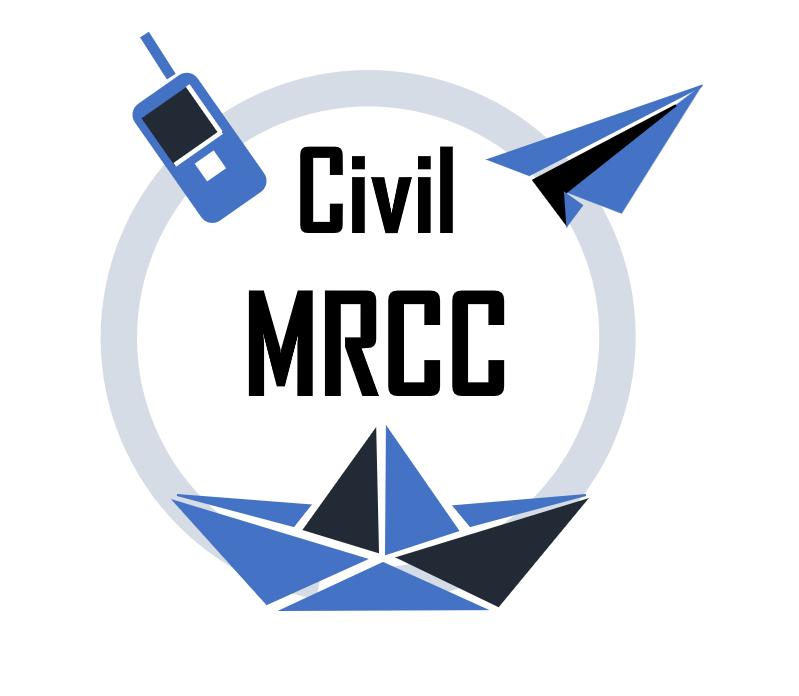By Mediterranea Saving Humans
Exactly two weeks after the Cutro shipwreck, a new massacre. While, at the time of writing, the sea off the coast of Calabria has so far returned the bodies of 79 people, mostly women and children, victims of last 26th February shipwreck, 330 nautical miles away another 30 people lost their lives on the morning of 12th March.

We have said and written that these were not “tragic fatalities”, but massacres caused by the border regime and its criminal management. Not only for the historical reasons we all know – namely, the denial of freedom of movement to people and the absence of legal and safe channels for entry into Europe. But precisely because of the specific logic that has been established in recent years.
In the case of Cutro, the superiority of the “fight against illegal immigration” over the protection of human life at sea, with the priority of the “law enforcement” mechanism, i.e. police operation at sea, over the management of “SAR events”, i.e. the activity aimed at rescuing people. The contingent confusion and errors of judgment made to correspond to this approach.
In the case of the shipwreck in international waters 110 nautical miles north-west of Benghazi, with the murderous pretext of the “Libyan SAR zone”, the non-assistance and delay in rescue resulting from waiting for the so-called Libyan coast guard to capture and deport people, because this is and always remains the first option that the Italian and European authorities want to reserve for people fleeing from that country.
In the face of these facts, the inhuman way in which the Italian government has attempted to justify what happened and with which it has treated victims, survivors and their families, without any respect for their pain, blaming and criminalising them, is more than striking. Beyond the usual hypocrisy that European politicians have accustomed us to in recent years when faced with these tragedies, the Cutro massacre was taken as a further step in the brutalisation of migration policies.
After last January’s anti-NGO decree, the Council of Ministers, meeting exceptionally in Cutro, approved a new decree that contains tougher prison sentences for so-called “smugglers”, restrictions on the granting of humanitarian protection, prolongation of administrative detention in newly-built Repatriation Centres (CPR), along with an increase in “flows” to regulate migrant labour forces.
On the other hand however, many things have changed since Cutro: Italian civil society’s response to the massacre has been powerful and widespread, fuelling a trend of resistance that we had already identified in the conflict over civil rescue between November 2022 and January 2023.
First of all, the local communities in Calabria, ordinary people and mayors, have all shown their indignation for the massacre, without the normalisation and habituation to death at sea that we have seen in recent years, but challenging the official versions and rallying around the survivors.
There have been shameful looting operations, but the families of the victims, citizens from Pakistan, Afghanistan (mainly), Iran and Syria, who came to Crotone from all over Europe to recognise and recover their dead relatives, have shown extraordinary strength and dignity, opposing all attempts at instrumentalisation.
At their side, organised networks and individual activists have tirelessly worked to support the people involved in the shipwreck and to build a counter-investigation on the massacre that has produced a complaint for “failure-to-assist, shipwreck and multiple culpable homicide” with the legal teams of 40 organisations, capable of documenting the very heavy responsibilities of the Italian authorities.
Another important, and in many ways new, fact was the reaction of mainstream media journalists, many of which were engaged in challenging the official version and actively pursuing the government.
All this translated into two weeks of permanent mobilisation, spread throughout Italy, with dozens of demonstrations in large cities and small towns, the protest against the government with the symbolic throwing of soft toys on politicians’ armoured cars. And on Saturday 11th March, the march in Cutro with 10.000 people arriving from all over Italy alongside the families of the victims and survivors, the commemoration on the beach and the promise to fight together to “stop the massacre.”
At the same time, during the first window of good weather conditions, several thousand people arrived independently on dozens of small boats on Lampedusa, defying the racist policies of the regime in Tunisia and the violence at sea of its Navy. On the island, they found the usual undignified reception of the hotspot system and the deliberate disorganisation of the transfer procedures to the continent, with the continuous violation of the rights of minors and adults. In the same days, struggling for each rescue, more than 1.300 people were rescued by the Italian Coast Guard in the southern Ionian Sea, forcing the Meloni government once again to measure the abysmal distance between its racist propaganda and the irreducible reality.
In the news of these hours, the “Cutro effect” is showing all its ambivalence. Its direction will depend on the ability to give continuity to everything that is moving in Italian (and European) society, to make a further qualitative leap by reinforcing political alliances and strengthening operational cooperation between movements, groups and organisations of the Civil Fleet and whoever is fighting for freedom of movement and people’s fundamental rights. The challenge for life against the politics of death is wide open.
Article published in Echoes#5



